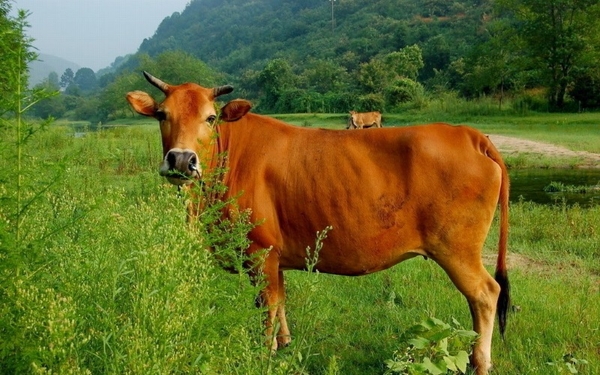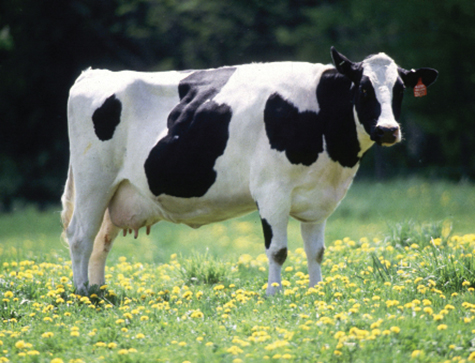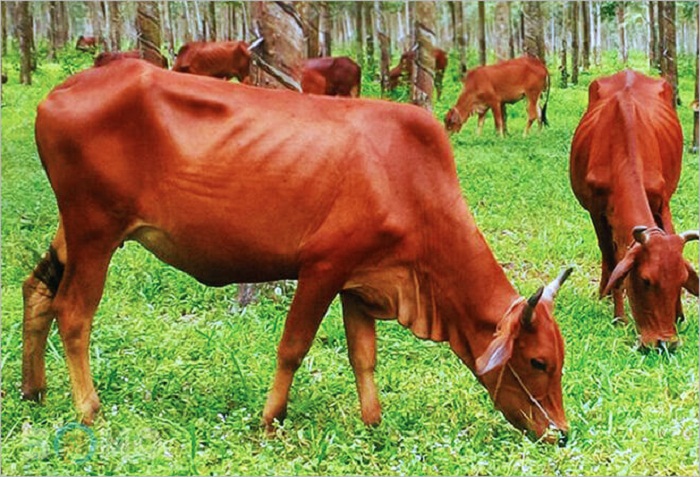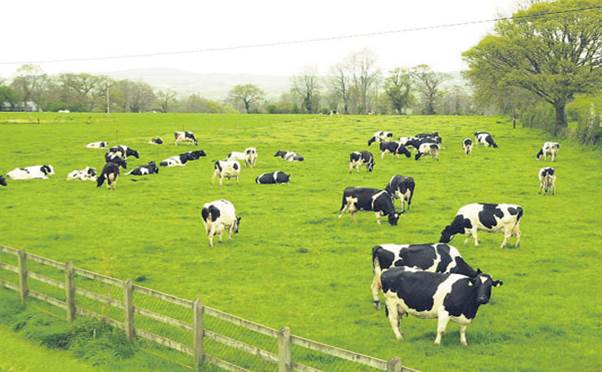Selecting the right cattle breed is a critical decision that significantly influences the success of livestock farming. High-quality breeds not only ensure robust health and optimal growth but also enhance productivity and profitability. This article delves into the essential methods for choosing superior cattle breeds, focusing on key factors such as breed characteristics, environmental adaptability, and market demands.
1. Understanding the Purpose of Breeding

Before selecting a cattle breed, it’s imperative to define the primary purpose of your farming operation:
-
Beef Production: For meat-focused operations, breeds known for rapid weight gain, high feed efficiency, and superior meat quality are ideal.
-
Dairy Production: If milk production is the goal, breeds with high milk yield and butterfat content should be prioritized.
-
Dual-Purpose: Some breeds offer a balance between meat and milk production, suitable for farms aiming for both outputs.
2. Evaluating Breed Characteristics
Once the purpose is clear, assess the specific traits of various breeds:
-
Growth Rate: Breeds with faster growth rates reach market weight sooner, reducing feeding costs.
-
Feed Conversion Efficiency: Efficient breeds convert feed into body mass more effectively, optimizing resource use.
-
Reproductive Performance: High fertility rates and ease of calving are desirable traits for sustaining herd numbers.
-
Disease Resistance: Breeds with natural resistance to common diseases reduce veterinary expenses and losses.
3. Assessing Environmental Adaptability

The chosen breed must thrive in the specific environmental conditions of the farm:
-
Climate Compatibility: Some breeds are better suited for hot, humid climates, while others thrive in cooler regions.
-
Terrain Suitability: Consider whether the breed can navigate the farm’s topography, be it flat plains or hilly areas.
-
Forage Availability: Breeds that can efficiently utilize the available pasture and forage types are advantageous.
4. Considering Market Demand
Understanding market preferences ensures that the chosen breed aligns with consumer demands:
-
Meat Quality: Marbling, tenderness, and flavor are key factors influencing beef marketability.
-
Milk Composition: For dairy breeds, butterfat and protein content affect milk pricing and product suitability.
-
Aesthetic Preferences: In some markets, coat color and physical appearance can influence buyer choices.
5. Sourcing from Reputable Breeders

Acquiring cattle from reputable sources ensures genetic quality and health standards:
-
Pedigree Records: Ensure the breeder provides comprehensive lineage information.
-
Health Certifications: Verify that the cattle are free from hereditary diseases and have up-to-date vaccinations.
-
Performance Data: Access to data on growth rates, milk production, and reproductive history aids in informed decision-making.
6. Utilizing Crossbreeding Strategies
Crossbreeding can enhance desirable traits and improve overall herd performance:
-
Hybrid Vigor (Heterosis): Crossbred cattle often exhibit superior qualities compared to purebreds, such as increased growth rates and fertility.
-
Trait Enhancement: Combining breeds can amalgamate strengths, like disease resistance from one and high milk yield from another.
7. Consulting Agricultural Extension Services
Leveraging local agricultural resources provides valuable insights:
-
Expert Guidance: Extension officers can offer recommendations based on regional data and research.
-
Workshops and Training: Participating in educational programs enhances knowledge on breed selection and management practices.
8. Conducting On-Farm Trials
Testing a small number of animals before full-scale adoption mitigates risks:
-
Performance Monitoring: Assess how the breed adapts to your specific farm conditions over a set period.
-
Economic Analysis: Evaluate costs versus returns to determine the breed’s profitability.
9. Networking with Other Farmers
Engaging with the farming community offers practical insights:
-
Experience Sharing: Learning from others’ successes and challenges can inform your breed selection process.
-
Cooperative Purchasing: Collaborating on bulk purchases may provide access to better genetics at reduced costs.
10. Staying Informed on Industry Trends
The livestock industry is dynamic, with continuous advancements:
-
Research Developments: Stay updated on new breeds or genetic lines that offer improved performance.
-
Market Shifts: Adapt to changing consumer preferences to maintain competitiveness.
In conclusion, selecting a high-quality cattle breed is a multifaceted process that requires careful consideration of purpose, breed traits, environmental factors, and market demands. By employing a systematic approach and utilizing available resources, farmers can make informed decisions that enhance productivity and profitability.
Further Reading:














